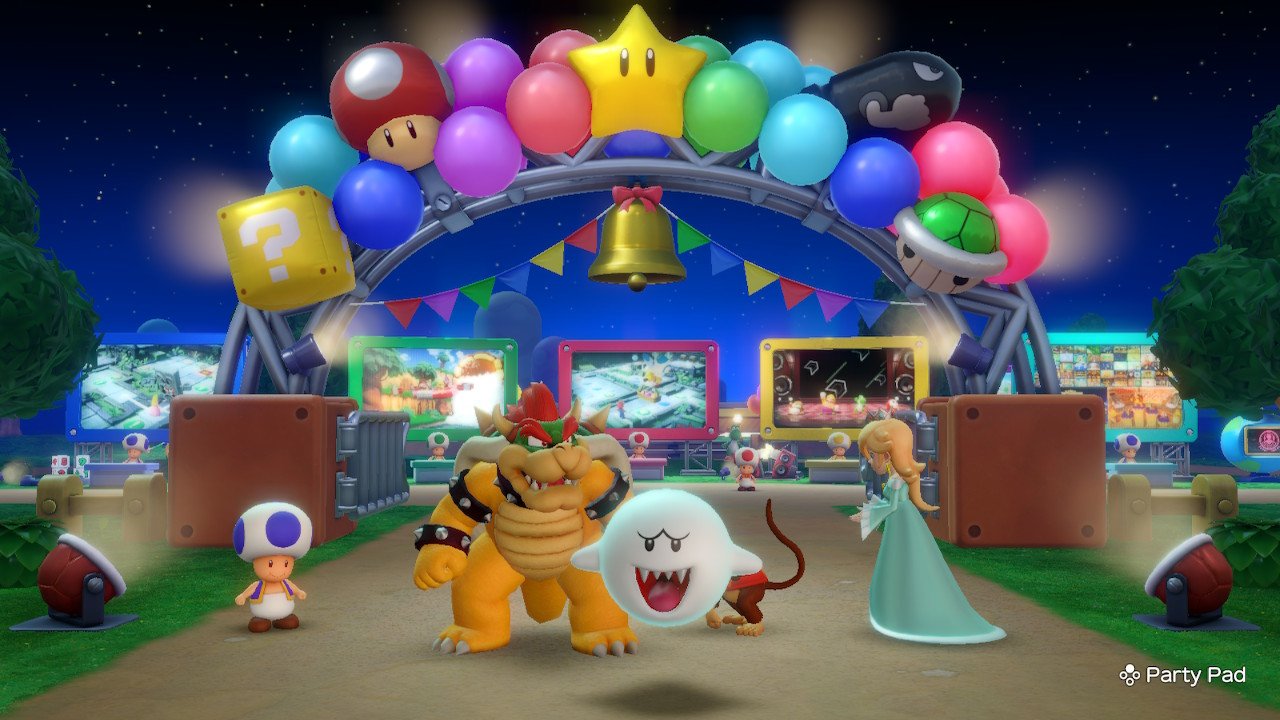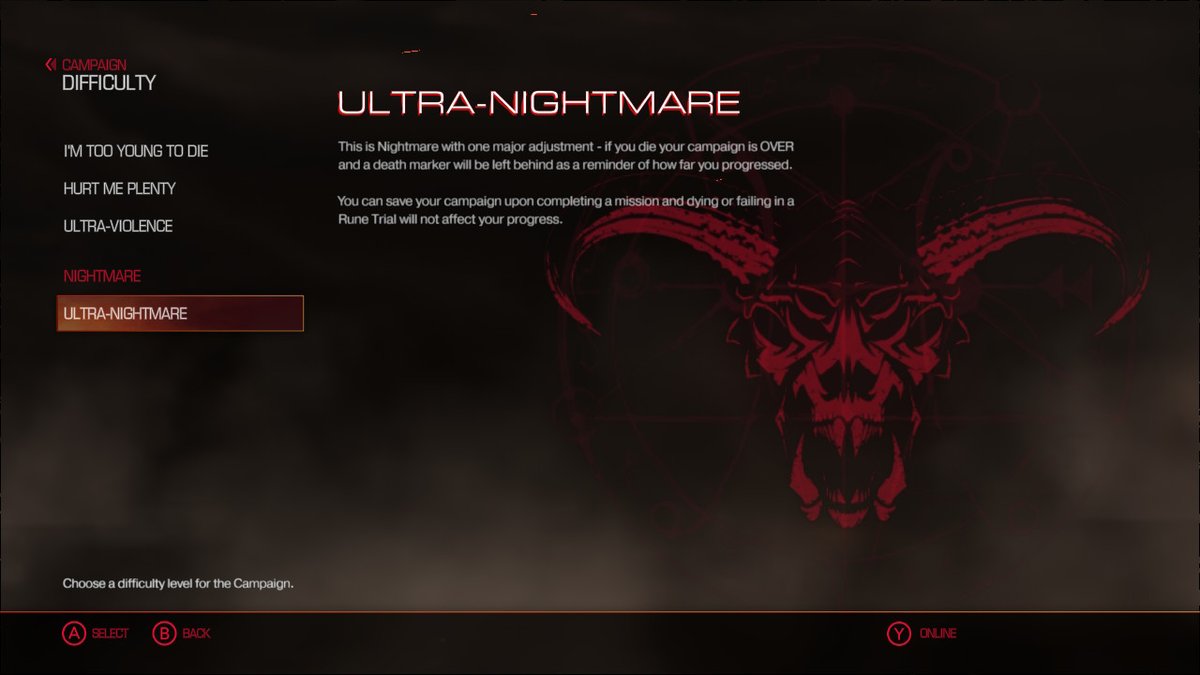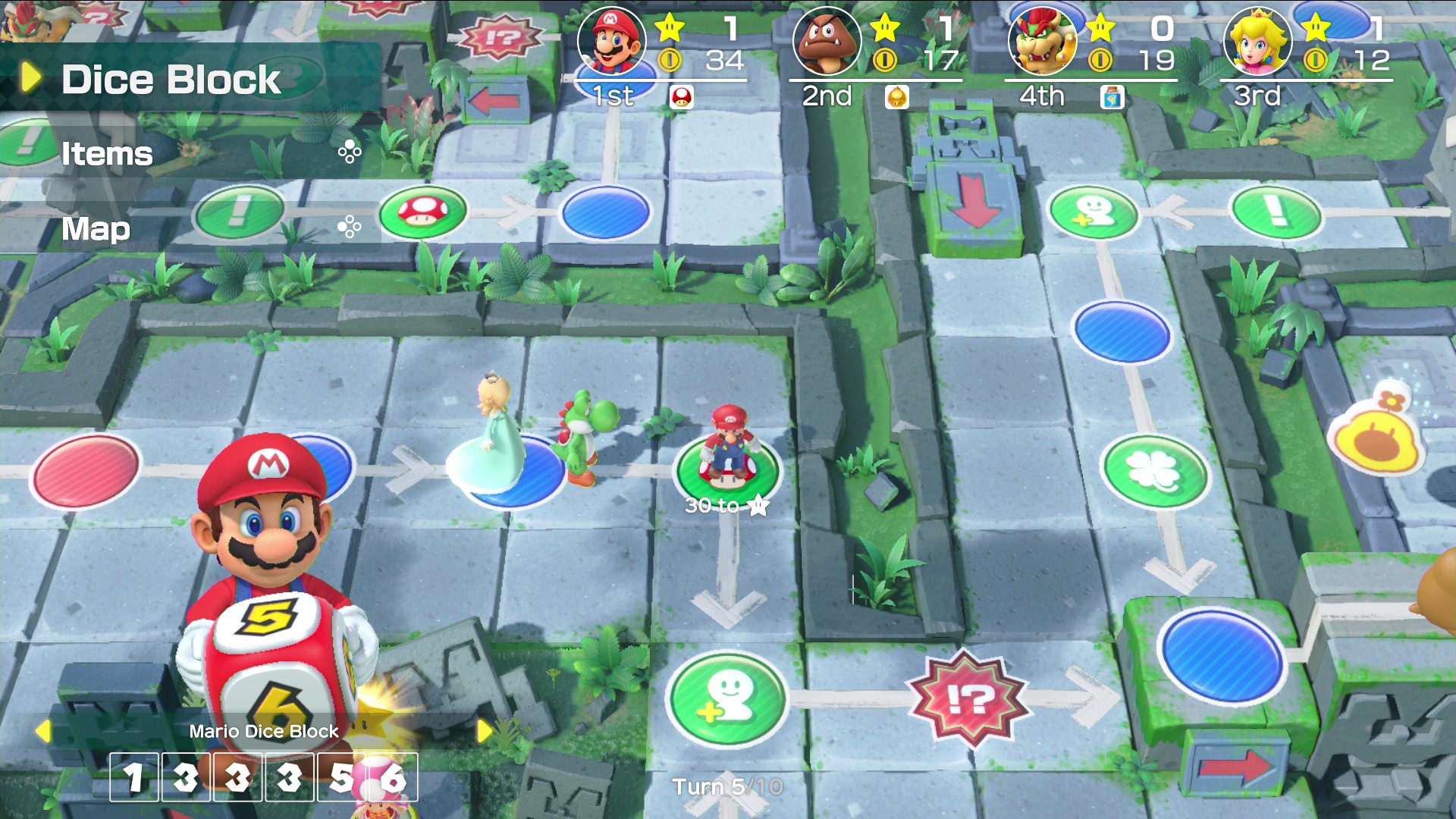What 1-2-Switch Would Look Like as a Video Game
The first Mario Party created its own genre. By the release of the second, everyone wanted an invitation. The Mario fraternity saw similar success with their third outing, but by the fourth, the brothers were losing touch with the world. For the next four games, Mario Party handed out gimmicks like cheap drugs, and partygoers began experiencing hangovers. With the ninth and tenth outings, Mario Party resorted to chaining fans to a single vehicle just to get them to stay. In a desperate attempt to rebrand itself, Nintendo even repackaged Mario Party as Wii Party and Wii U Party. The handheld soirées were little more than dull tea parties.
With Super Mario Party, the series has cleaned itself up and arranged the best celebration since the original N64 renditions. A while ago, I advocated for the series’ demise, arguing Nintendo was slowly destroying the IP with all of the bad sequels. Super Mario Party has convinced me that Nintendo can make a good Mario Party game, but the series is not in the clear yet. In going back to the basics, Super Mario Party shows that minigame mania can still be a good time, but it is far from the ambitious, innovative sequel we have all wanted since the beginning.

What is it?
Super Mario Party is a board game if board games were cool and didn’t require social interaction. Four of you take turns rolling dice, moving around the board to collect coins, lose them, or trigger an event. Like Monopoly. Then, after everyone takes their turns, you all play a minigame. Whoever wins gets more coins. Kind of like Monopoly, but not. Players then must use these coins to purchase stars randomly placed on the board, each of which cost ten coins. The whole game ends after an allotted number of turns (in this case, the default is ten), and whoever grabbed the most stars wins everything. Exactly like underground cockfighting.
Super Mario Party shakes up the formula a bit by introducing character-specific dice blocks. On your turn, you can either roll a traditional six-sided die or your character’s die. For instance, Mario’s die has 1-3-3-3–5-6 on it, increasingly the likelihood you roll a three. Koopa, in comparison, has a die with 1-1-2-3-3-10, making you more likely to roll trash. Throughout a game, you can also collect other characters as allies, who not only can add one or two spaces to your roll each turn but give you access to their die.
Apart from the main party mode, you have several smaller offerings. Partner Party pits two teams of two against each other, and boards change to a grid-based layout on which you and you partner move at the same time determined by your collective rolls. River Survival is a glorified Paddle Battle minigame in which your team of four must navigate down a river, playing team-based minigames to collect more time in order to reach the end. Sound Stage offers a collection of rhythm-based minigames, and Toad’s Rec Room features throwaway games for people who have two Switches and two copies of Super Mario Party. The single-player and minigame modes—staples of the series—return as well.

What’s good?
- Super Mario Party boasts a consistently strong selection of minigames. As with any entry in the series, there are some turds, but compared to the crap salad of Mario Party 10, this Switch sequel has some gourmet shit. Luck still dictates who will win occasionally but takes a backseat to skill.
- Partner Party provides the innovation the series has so desperately needed. It allows for more strategy while moving at a quicker pace. You can divide and conquer across the board, having one player focus on stars while the other collects items and hits special spaces. Alternatively, you both can move together aggressively, collecting multiple stars per turn or stomping on your opponents to steal coins. Bad rolls and luck have less of an impact because one of you is bound to do better than the other. Even the minigames feel more varied because 2v2 and team minigames appear as frequently as the free-for-all batch.

What’s a double-edged sword?
The core game has been streamlined. Game boards are smaller; stars are cheaper; the maximum amount of turns is capped out at 20; and most fanfare is excised. Minigames have taken even more of the spotlight with these changes, and turns rarely drag out like they did in the older games. On the flip side, the smaller boards mean less strategy and politics among players. Although each board has its own unique gimmick, moving around them feels less dynamic. Players who enjoy the “board” more than the “game” will find Super Mario Party’s changes to the formula more disappointing.

What’s bad?
- Despite its many modes, Super Mario Party lacks sufficient content. It only has four unique boards, the fewest of any console entry. River Survival has five different paths but the same ten minigames each time, so the mode grows stale after two or three attempts. Sound Stage is a nice diversion but can be finished in less than an hour. Fans thought that Nintendo would offer additional content in the future similar to Mario Tennis Aces or Arms, but now that we’re a year out without any DLC, we’re must accept what feels like “Mario Party Lite.”
- Coming from the folks who made Super Kirby Slowdown and Disconsplatoon, it’s no surprise that Super Mario Party’s online mode sucks. Your options are reduced to competing against strangers or friends to see who wins the most minigames. You can’t play a full game. Multiple players can’t play on one console when playing with friends online. You can’t even choose from all of the minigames, just ten of them. Nintendo had an opportunity to truly reinvigorate the series, and they shrugged their shoulders.

What’s just Mario Party?
The single-player mode is a complete throwaway. Character-specific dice blocks are unbalanced. The computer players have four levels of stupidity rather than difficulty. Tutorials can’t be turned off. Certain animations drag on. Nintendo continues to withhold any true ability to customize your experience. Daisy still sounds like a deranged psychopath. The Mario Party series has always had weird/lazy/poor design choices, so it is as comforting as it is frustrating that Super Mario Party is no different.

What’s the verdict?
Years from now, I will remember the Switch as an age of lackluster sequels, but Super Mario Party will stand as one of the few worthy sequels. In returning to its roots, the game has cut off its unnecessary gimmicks in order to deliver a refined party experience, one of the best on the Switch. It may not be the Super Smash Bros. Ultimate of the series, but it doesn’t need to be for now. Seeing as this is Nintendo’s relaunch of the series, let’s hope the eventual Super Mario Party 2 does for Super Mario Party what Mario Party 2 did for Mario Party. Mario Party Party Mario Party Mario Mario Party.
Arbitrary Statistics:
- Score: 7.5
- Time Played: Over 25 hours
- Number of Players: 1-4
- Games Like It on Switch: GO VACATION, Mario & Sonic at the Olympic Games 2020














